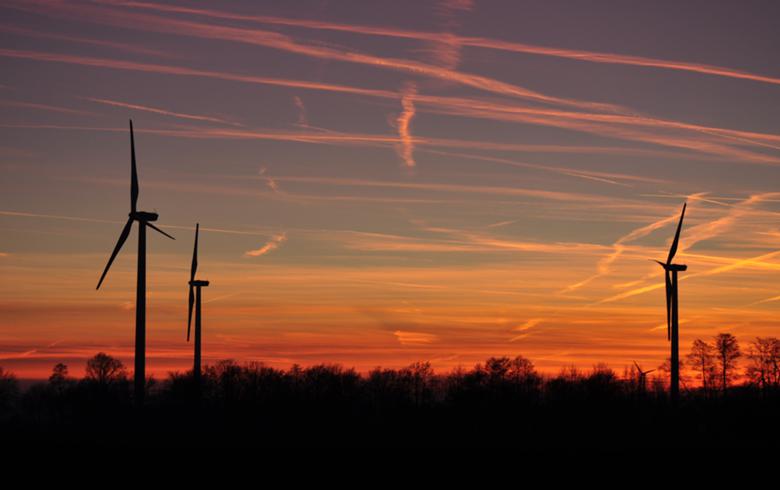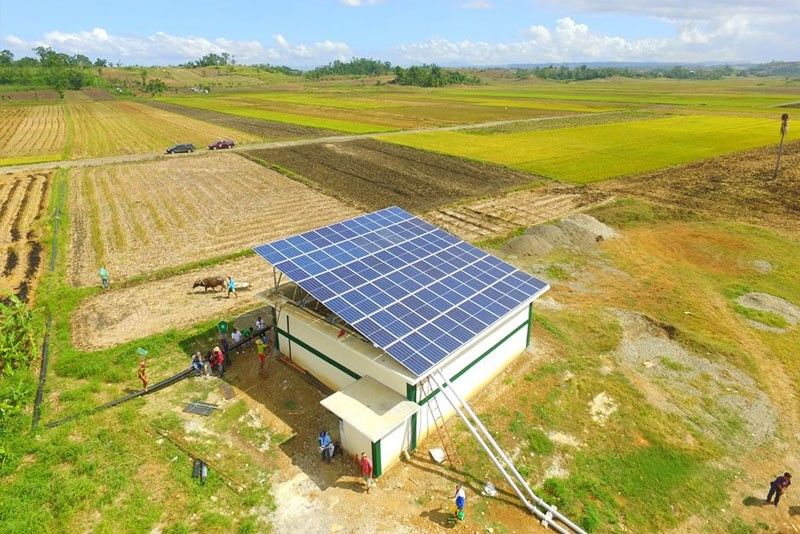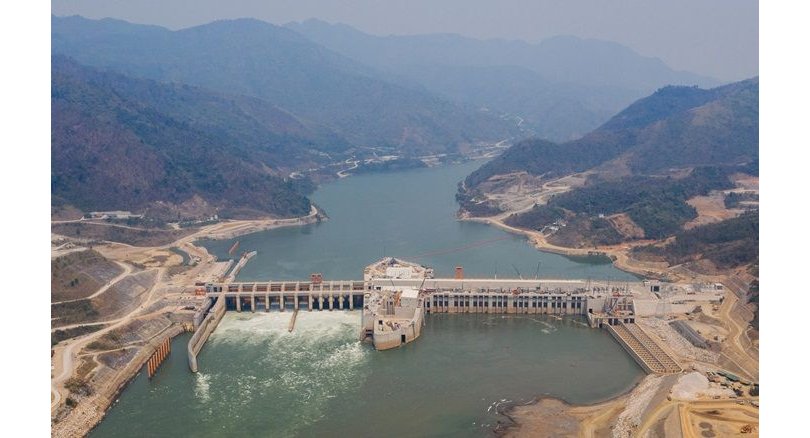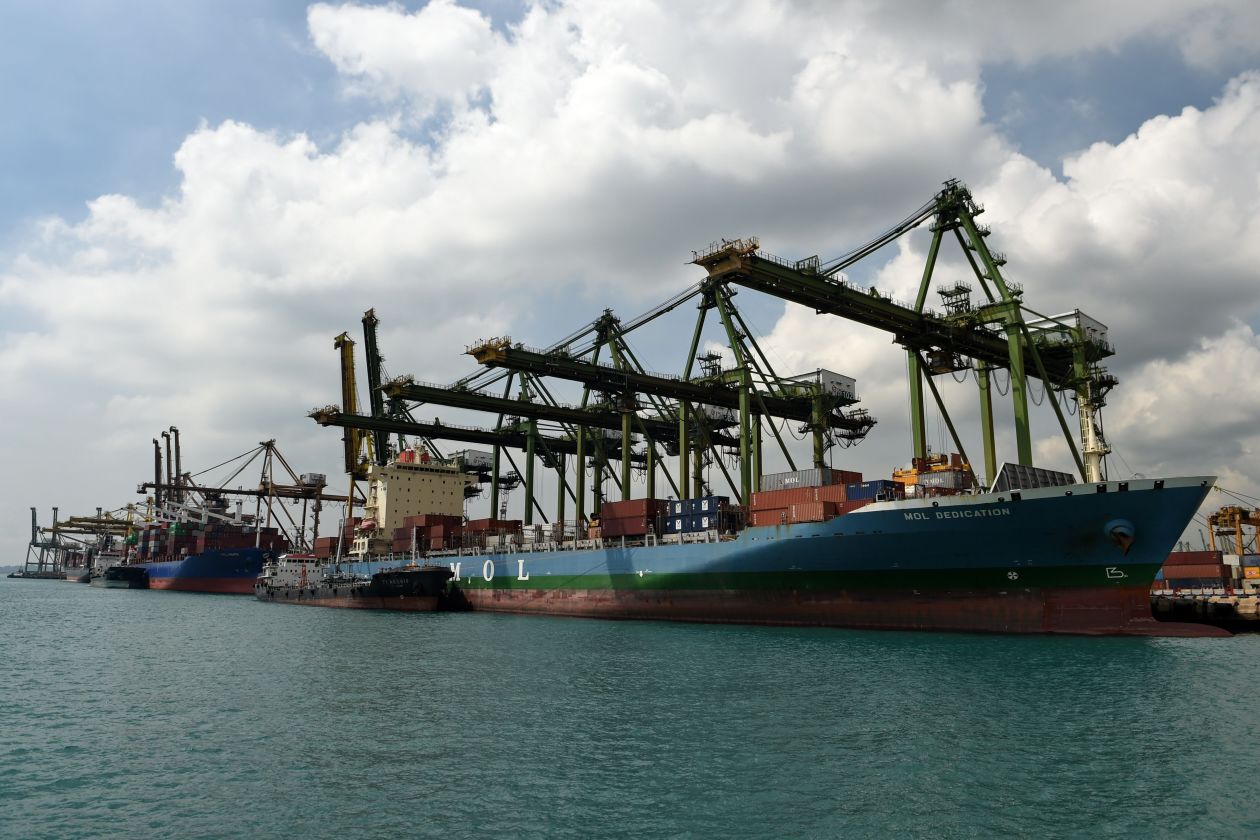Jakarta. Sustainable finance, aka financial services that pay special attention to their environmental, social and good governance aspects, can reduce gaps in infrastructure financing—a constraint that has held back long-term growth in Southeast Asia, top executives at London-based lender HSBC said.
In its Group Public Affairs Policy note distributed at the 23rd Asean Finance Ministers Meeting (AFMM) and the 5th Asean Finance Ministers and Central Bank Governors Meeting (AFMGM) in Chiang Rai, Thailand, last week, HSBC said that “a rapidly changing climate represents an unprecedented and urgent threat as well as opportunity to economies and societies in Asean.”
Climate Change: Threats and Opportunities
Citing data from the Asian Development Bank, the note said Southeast Asia “is expected to be disproportionately affected by climate change” since it “could reduce the region’s gross domestic product by 11 percent by the end of the century if left unaddressed.”
Countering climate change has been quite a challenge for many Asean member countries as they also feel the need to avoid economic as well as environmental harm.
However, HSBC said in the note that “the challenge also represents a tremendous opportunity associated with the transition to a low carbon economy and positioning Asean as a leader in sustainability.”
“Addressing environmental challenges is no longer simply a moral dimension but an economic one. The development of sustainability-linked infrastructure using public and private sector financing is the only way that Asean can address the challenges that climate change presents to its economies,” Mukthar Hussain, HSBC’s Head of Business Corridors for Asia-Pacific, said.
“Climate change affects individuals, countries, corporates and investors so finding and delivering constructive solutions should be a joined-up effort including global banks like HSBC,” he said.
Responding to growing concerns that a rapidly changing climate could lead to an irreversible threat to habitats, societies and economies around the globe, nearly 200 world leaders signed what is now called the “Paris Climate Agreement” in 2015.
The agreement has allowed the participating countries to commit to lowering carbon footprints and limiting the global average temperature rise to two degrees Celsius above pre-industrial times.
An estimated $100 trillion in investment in new green infrastructure will be needed over the next 15 years to achieve a paltry 66 percent chance of meeting the carbon footprint target globally.
Luckily, at the same time Asean is also seeing a growing demand for infrastructure as urbanization and development continue apace in the region.
Citing various sources, the HSBC note said in “the next 50 years a new global urban system is being set in train, with 15 of the large metropolitan cities of over 10,000,000 people expected to be in Asia.”
Lack of Infrastructure a Huge Hindrance
Infrastructure financing gap is a huge cost for communities. In Indonesia, for example, government data show that time-related cost of commuting in some cities is currently estimated at Rp 498 trillion ($37 billion) per year and could increase by over 41 percent in 2020.
This figure is about a quarter of total government spending in 2018. Such cost inneficiency resulted from the long hours a commuter has to spend being stuck on the road due to traffic jams caused by inadequate infrastructure.
How to Attract Private Financing for Green Projects
Attracting private financing for sustainability-linked infrastructure development in Asean member countries has been undeniably challenging.
So on Friday, as two days of high-level Asean Finance Minister Meetings wrapped up, HSBC tabled some recommendations on how to attract private financing for this type of infrastructure within Asean.
The first part of the recommendations is called the “Doing Sustainable Infrastructure Report.”
“To date, there is no single, standardized, validated and dedicated report that governments, international organisations, development banks and the private sector can rely on to evaluate progress and identify opportunities for further improvements in the Asean region,” HSBC said in a separate statement.
Partnering with multilateral organisations, the report aims to provide, among others, “a checklist of best practices that countries and cities can consider to better enable financing of sustainability-linked infrastructure.”
This initiative can also offer periodic progress reports on green investment and efforts to promote financing for sustanable infrastructure by Asean member states.
The report will also give “recommendations on ways to increase financing for sustainable infrastructure based on key metrics and feedback from public stakeholders in government, international organisations and the private sector,” HSBC said.
HSBC also reccommends Asean to create an Urban Infrastructure Network for the bloc, which should aim to provide capacity building for local government, procurement division and various public sector leaders when dealing with the private sector to develop sustainable infrastructure projects.
The networking agenda could be manifested in the form of training for officials on key topics in sustainable infrastructure, developing toolkits for green projects and holding an annual Smart Cities Infrastructure Leaders forum for sharing best practices in the industry.
HSBC also offers to develop an Asean blended “finance toolbox” which aims to, among others, “standardize instruments that address common risks associated with sustainability-linked infrastructure projects.”
In a written statement sent to the Jakarta Globe, HSBC Asia Pacific Group Public Affairs Managing Director Stewart James said “with green loans, the proceeds can only fund specific projects with positive environmental benefits as defined in the Green Loan Principles.”
“The types of projects include shifting to renewable energy, pollution prevention and control, sustainable natural resources management, biodiversity conservation, climate change adaptation and green buildings,” he also said.












